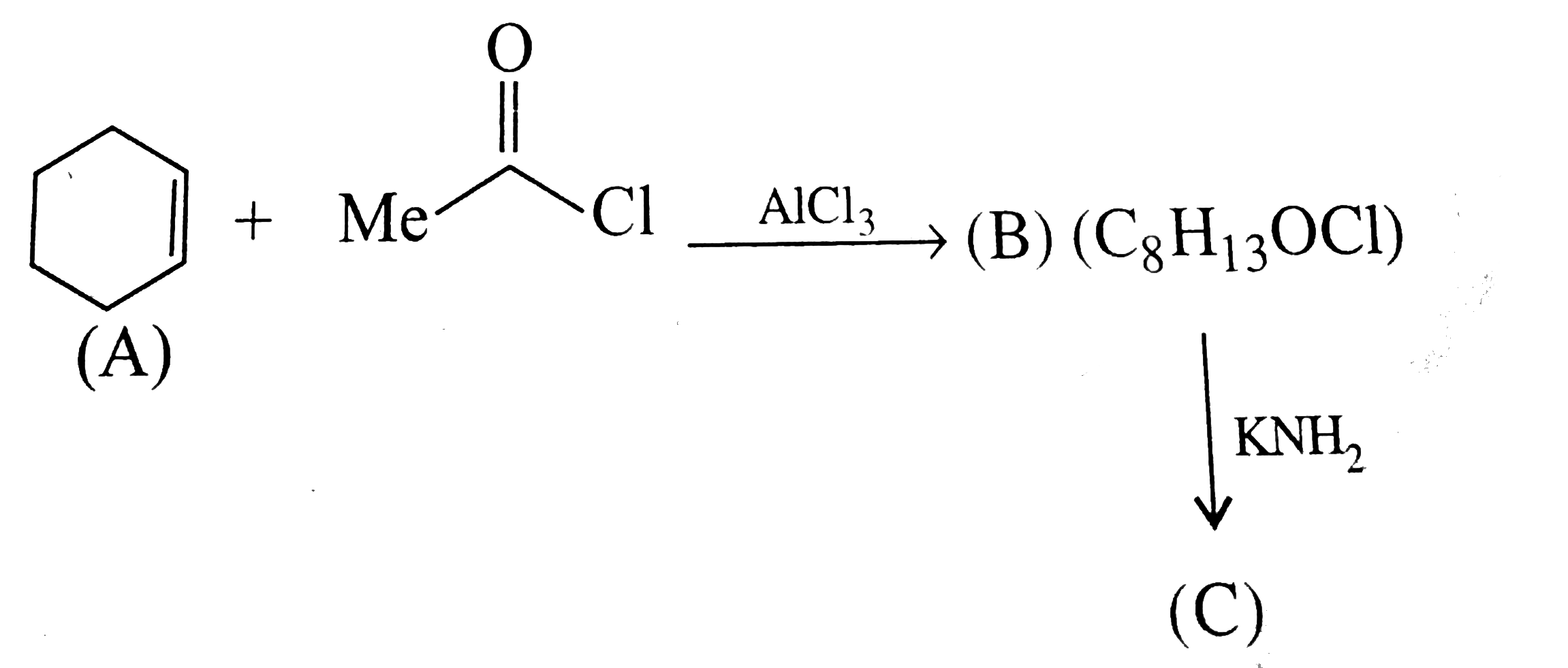Carbon combines with hydrogen to forom three compounds A,B and C. The percentage of hydrogen in A,B and C.is 25, 14.3, and 7.7, respectively. (a) Find the empirical formula of the compounds.
To find the empirical formulas of the compounds A, B, and C based on the given percentages of hydrogen, we can follow these steps:
1. Identify the Given Data:
- For compound A, the percentage of hydrogen is 25%.
- For compound B, the percentage of hydrogen is 14.3%.
- For compound C, the percentage of hydrogen is 7.7%.
2. Assume a 100 g Sample:
- This simplifies calculations since the percentages can be directly converted to grams.
- For each compound:
- Compound A: 25 g of H and 75 g of C (100 g total).
- Compound B: 14.3 g of H and 85.7 g of C.
- Compound C: 7.7 g of H and 92.3 g of C.
3. Calculate Moles of Each Element:
- Use the atomic masses:
- Hydrogen (H) = 1 g/mol
- Carbon (C) = 12 g/mol
- For compound A:
- Moles of H = 25 g / 1 g/mol = 25 mol
- Moles of C = 75 g / 12 g/mol = 6.25 mol
- For compound B:
- Moles of H = 14.3 g / 1 g/mol = 14.3 mol
- Moles of C = 85.7 g / 12 g/mol = 7.14 mol
- For compound C:
- Moles of H = 7.7 g / 1 g/mol = 7.7 mol
- Moles of C = 92.3 g / 12 g/mol = 7.69 mol
4. Determine the Simplest Ratio:
- For compound A:
- Ratio of C:H = 6.25:25 = 1:4
- Empirical formula = CH₄
- For compound B:
- Ratio of C:H = 7.14:14.3 = 1:2
- Empirical formula = CH₂
- For compound C:
- Ratio of C:H = 7.69:7.7 ≈ 1:1
- Empirical formula = CH
5. Final Empirical Formulas:
- Compound A: CH₄
- Compound B: CH₂
- Compound C: CH
Summary of Empirical Formulas:
- Compound A: CH₄
- Compound B: CH₂
- Compound C: CH
- For compound A, the percentage of hydrogen is 25%.
- For compound B, the percentage of hydrogen is 14.3%.
- For compound C, the percentage of hydrogen is 7.7%.
- This simplifies calculations since the percentages can be directly converted to grams.
- For each compound:
- Compound A: 25 g of H and 75 g of C (100 g total).
- Compound B: 14.3 g of H and 85.7 g of C.
- Compound C: 7.7 g of H and 92.3 g of C.
- Use the atomic masses:
- Hydrogen (H) = 1 g/mol
- Carbon (C) = 12 g/mol
- For compound A:
- Moles of H = 25 g / 1 g/mol = 25 mol
- Moles of C = 75 g / 12 g/mol = 6.25 mol
- For compound B:
- Moles of H = 14.3 g / 1 g/mol = 14.3 mol
- Moles of C = 85.7 g / 12 g/mol = 7.14 mol
- For compound C:
- Moles of H = 7.7 g / 1 g/mol = 7.7 mol
- Moles of C = 92.3 g / 12 g/mol = 7.69 mol
- For compound A:
- Ratio of C:H = 6.25:25 = 1:4
- Empirical formula = CH₄
- For compound B:
- Ratio of C:H = 7.14:14.3 = 1:2
- Empirical formula = CH₂
- For compound C:
- Ratio of C:H = 7.69:7.7 ≈ 1:1
- Empirical formula = CH
- Compound A: CH₄
- Compound B: CH₂
- Compound C: CH
- Compound A: CH₄
- Compound B: CH₂
- Compound C: CH
Topper's Solved these Questions
- SOME BASIC CONCEPTS AND MOLE CONCEPTBOOK - CENGAGE CHEMISTRY ENGLISHCHAPTER - SOME BASIC CONCEPTS AND MOLE CONCEPTEXERCISE - Ex 1.1 Objective Questions
6 Videos
- SOME BASIC CONCEPTS AND MOLE CONCEPTBOOK - CENGAGE CHEMISTRY ENGLISHCHAPTER - SOME BASIC CONCEPTS AND MOLE CONCEPTEXERCISE - Ex 1.1 Objective Questions (Single Correct)
3 Videos
- S-BLOCK GROUP 2 - ALKALINE EARTH METALSBOOK - CENGAGE CHEMISTRY ENGLISHCHAPTER - S-BLOCK GROUP 2 - ALKALINE EARTH METALSEXERCISE - Ex 5.1 Objective
2 Videos
- STATES OF MATTERBOOK - CENGAGE CHEMISTRY ENGLISHCHAPTER - STATES OF MATTEREXERCISE - Exercises (Ture False)
25 Videos
Similar Questions
Knowledge Check
Two elements 'P' and 'Q' combine to form a compound. Atomic mass of 'p' is 12 and 'Q' is 16. percentage of 'P' in the compound is 27.3. What will be the empirical formula of the compound ?
AP2Q2BPQCP2QDPQ2
The compound A has 26.7% C, 71.1% O and 2.2%H.
determine the empirical formula of A
View Solution
Compounds (B) and (C) respectively are:
View SolutionA compound contains 34.8% Oxygen, 52.2% carbon and 13.0% Hydrogen. What is the empirical formula of the compound ?
View SolutionA compound contains C=40%,O=53.5%, and H=6.5% the empirical formula formula of the compound is:
View Solution
The compound (B) and (C ), respectively, are:
View SolutionAn organic compound with C =40 % and H= 6.7% will have the empirical formula
View SolutionThe percentage composition of a gas is : Nitrogen 82.35%, Hydrogen 17.64%. Find the empirical formula of the gas.
[N = 14, H = 1]
View Solution
